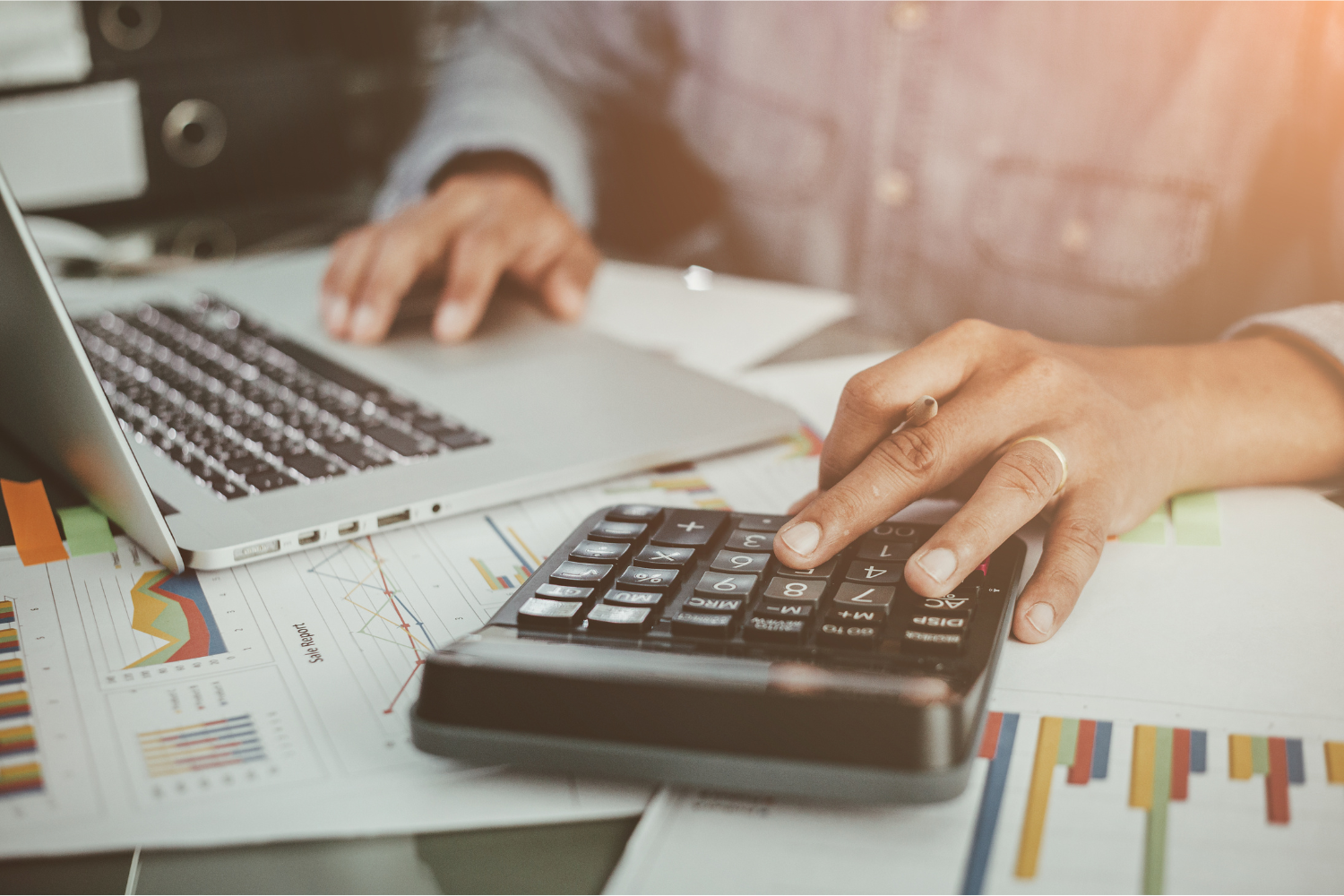
Any business owner will tell it’s true: You have to spend money to make money. How much you need to spend at any given time changes over time based on market conditions, business opportunities and other factors.
Today, however, one thing is equally clear: For the equipment you need to remain competitive, you have to spend a lot more money. Inflation and high interest rates and higher than normal prices due to the lingering effects of supply chain issues have driven the cost of equipment financing for capital purchases to historical highs.
Innovative and creative approaches to financing and leasing have always been essential in providing equipment funding, said Harry Fry, president of Harry Fry & Associates.
“There’s an acquisition consideration related to interest rates in general,” Fry continued. “While rates were considerably higher over ten years ago, after an extended period of historically low rates they’ve doubled in a fairly short period of time. Higher interest rates always create a greater cost whether you’re financing new or used equipment. Now, with higher interest rates and equipment costs, companies need to maintain their good credit history and/or put money down for more favorable rates and palatable payments.”
Traditional approaches to heavy equipment loans can be tailored to fit a company’s needs, whether it is to replace or update their crane fleets.
Each of these equipment financing programs offers advantages, Fry related:
Term Equipment Loans take advantage of terms from 24 to 120 months, depending on the age of collateral. In lieu of a cash down payment, using the equity you have in free and clear equipment in your fleet is an option. There are various payment structures possible in a term loan to meet the needs of your company.
Customized Equipment Loans can include a delayed payment option for 60 to 90 days that enables time to generate revenue before your loan payments begin. A step payment program allows for lower than normal payments in the beginning and then steps up to higher, regular payments for your remaining term. A seasonal skip payment program can be structured to fit the timing of your cash flow, including no payments or partial payments during off-season periods.
Fry also advised that leasing can be used to acquire equipment while conserving capital. Different types of leases can be structured to provide for the use of equipment for a specified time period, such as for a specific project. Equipment lease terms are usually from 24 to 120 months and can include the option to purchase the equipment, for a specified price, at some point during the term or at the end of the lease.
According to Fry, here are the basic equipment lease types:
Finance lease or capital lease: A non-tax oriented lease, which provides your company with a stated purchase amount at the end of the lease term ranging from $1.00 up to a percentage of the equipment cost.
Tax lease: An off-balance sheet lease which can help preserve your company's ratios and conserve capital. A tax lease provides for structured payments where you will only need the use of the equipment for a specified period of time. At the end of the lease term, your company has the option to purchase the equipment at Fair Market Value (FMV), return the equipment, or renew the lease and keep the equipment.
Trac lease: A quasi- tax-oriented lease available for over-the-road, titled equipment structured with a residual, which is guaranteed by the lessee. Generally, the TRAC lease requires a payment in advance, conserving your cash outlay. At the end of the lease term, the equipment can be purchased for the guaranteed residual amount or returned.
In all cases, Fry noted as well, because of extensive accounting and tax guidelines for equipment leasing, before considering which leasing option best fits your company’s business structure you should speak with your accounting and tax consultant to determine how leasing will impact your business.
Understanding the Benefits
“Equipment acquisition continues across all service sectors,” said Ralph Petta, president and CEO of the Equipment Leasing & Finance Association (ELFA). “Nearly eight in ten U.S. businesses use equipment leasing and financing to acquire the productive assets they need to operate and grow. Over half of the $2 trillion invested in assets every year are financed in some way, even in a high interest rate environment.”
With businesses ranging from small local operations to major corporations financing their equipment it’s important to fully understand the benefits, Petta noted. “Financing is always a viable option for acquiring equipment but you should know the ins and outs so you can negotiate what's best for your company,” he said.